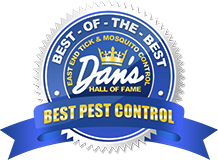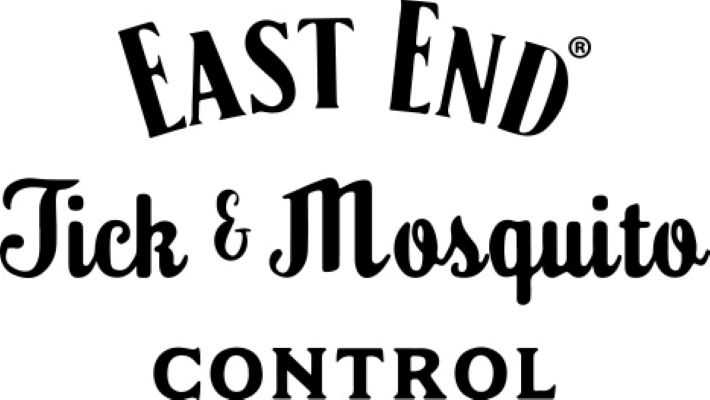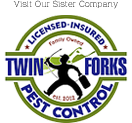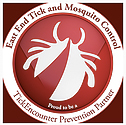
What Other Factors Affect Tick Populations?
Believe it or not, a massive volume of acorns two years ago means that Long Island residents will need to be especially wary of ticks until the deeper cold winter temperatures begin. What do acorns have to do with ticks? According to Today.com, white-footed mice, which feed on acorns, are a favored breeding ground for black-footed ticks in their larval stage. Those ticks have now entered their nymph stage when they bite and transmit diseases to humans. This year, according to scientists, there is a noticeable lack of white mice which means that the nymph ticks will be especially hungry and will attach themselves to any potential food source, including you and your pets.
Infected Tick Populations Are On the Rise
Most Long Island residents know about the dangers of Lyme disease, but there are other tick-borne diseases that you should be aware of and which are on the rise. One such disease is babesiosis, which results in hemolytic anemia and the destruction of oxygen-carrying red blood cells faster than they can be created. Ticks can also transmit anaplasmosis, a rare disease leading to respiratory failure, organ failure, and death.
Professor Saravanan Thangamani, director of the SUNY Center for Vector-Borne Diseases, the Vector Biocontainment Laboratory, and the Institute for Global Health and Translational Sciences at SUNY Upstate, reported in June that of the ticks his lab had analyzed this year, the rate of infected ticks was higher than 2020 –
- 41% carried at least one disease vs. 25% in 2020,
- 37% carried Lyme disease vs. 22% in 2020,
- 18% carried babesiosis vs. 5% in 2020, and
- 6.4% carried anaplasmosis vs. 3% in 2020.
You can find updated tick infection numbers on the SUNY Upstate Medical University website NYTicks.org, which offers free tick testing for ticks submitted by New York state residents.
Protect Yourself with Effective Tick Prevention
For the most comprehensive tick prevention, we recommend regular monthly yard spraying treatments. Regular spraying will kill ticks on your property during the summer months. When it starts getting colder, applications of Tick-Shield granular treatment will kill ticks as they hatch during the warmer winter days. We also recommend other property tick reduction tips, including –
- Keep your lawn well-trimmed and short, especially the grass close to your house. Ticks inhabit tall grasses and will attach themselves as you or your pets enter your home, creating another hazard. If you can’t avoid tall grass outside, apply tick repellant and tuck your pant legs into your socks.
- Get rid of mulch beds, woodpiles, and piles of leaves and brush. Not only do ticks usually hide in these places, but they are also tick breeding grounds.
- Install high, strong fencing to keep wild animals off of your property, particularly in areas where deer frequently roam.
- Always use a tick repellant and check yourself, your kids, and your pets for ticks every time they come inside, particularly after spending time in the woods or open fields.
Call East End Tick Control® for Year-Round Tick Prevention
Protect yourself and your family from disease-carrying ticks this fall and winter by requesting a free estimate now or call our Southampton office at (631) 287-9700, our East Hampton office at (631) 324-9700, or our Southold office at (631) 765-9700.








